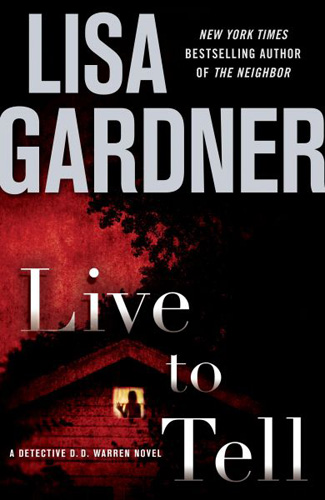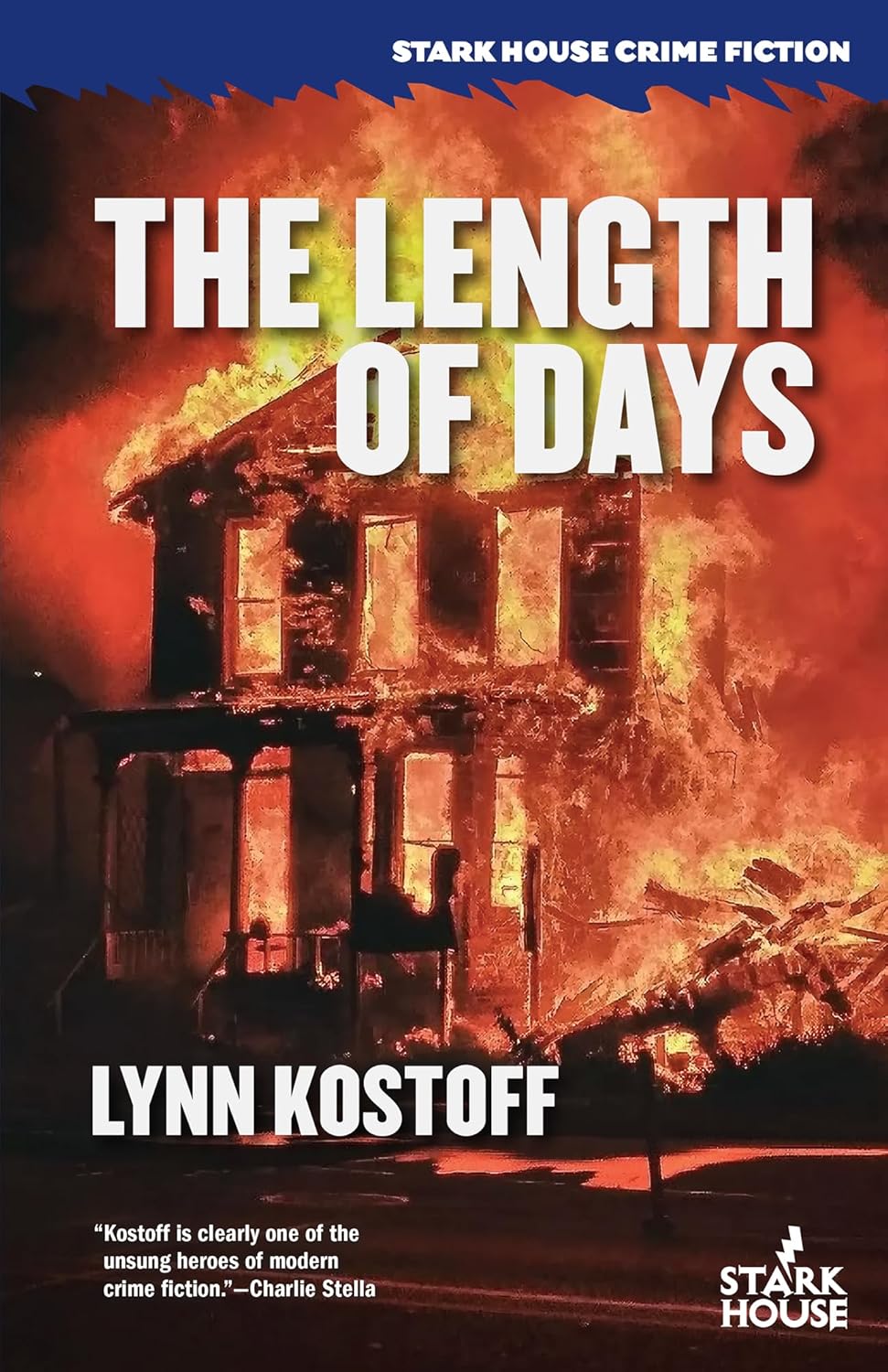 These things happen, though. Not all at once. But bit by bit, moment by moment, choice by choice. There are pieces of yourself that once you give away, you can never get back again. – Victoria Oliver
These things happen, though. Not all at once. But bit by bit, moment by moment, choice by choice. There are pieces of yourself that once you give away, you can never get back again. – Victoria Oliver
Live To Tell, the fourth novel by Lisa Gardner featuring Boston PD detective D. D. Warren, opens with Warren being called out to the scene of a horrific mass murder; an entire family is dead, the wife and three kids apparently killed by the husband before he shot himself in the head.
Something about the case doesn’t feel quite right to Warren, but before she can identify what it is another family is killed, also in an apparent mass murder-suicide scenario. This time, however, the autopsy is conclusive: the husband was dead before the supposed self-inflicted gunshot was fired. Someone else killed these families.
Warren’s quest to find out who really committed the brutal murders and how – if at all – they were connected leads her to a pediatric psych ward that specializes in mentally unbalanced children who’ve displayed violence toward themselves or others.
Turns out both families had a child who had spent time there. Yet, in both cases the violent child was one of the murder victims, so what other connection could there be?
Perhaps it lies with Danielle Burton, one of the pediatric nurses at the facility, who herself is the lone survivor of a massacre that claimed her entire family… the 25th anniversary of which is only two days away. Or maybe it’s new age healer Andrew Lightfoot, who had been advising at least one of the families on how to ‘treat’ their child’s violent behavioral issues, who holds the key. And how do divorced mother Victoria Oliver and her astonishingly violent eight-year-old son, Evan, fit into the mix?
As Warren figures out exactly how all the pieces of the puzzle fit together, author Gardner takes the reader deep into a subject one does not see addressed with such frankness often in crime fiction: children with serious, violent mental disorders. Not “Damien from the Omen” or Children of The Corn kids, but real young people struggling with mental and chemical imbalances which cause them to act out in horrific ways.
It’s sobering material that, mishandled, could come across as sensational or exploitative. But Gardner has obviously done her homework on the topic, and weaves interesting details about such children and how they are treated into what is an intensely gripping psychological thriller.











Donte Joles
October 11, 2010 - 11:48 PM